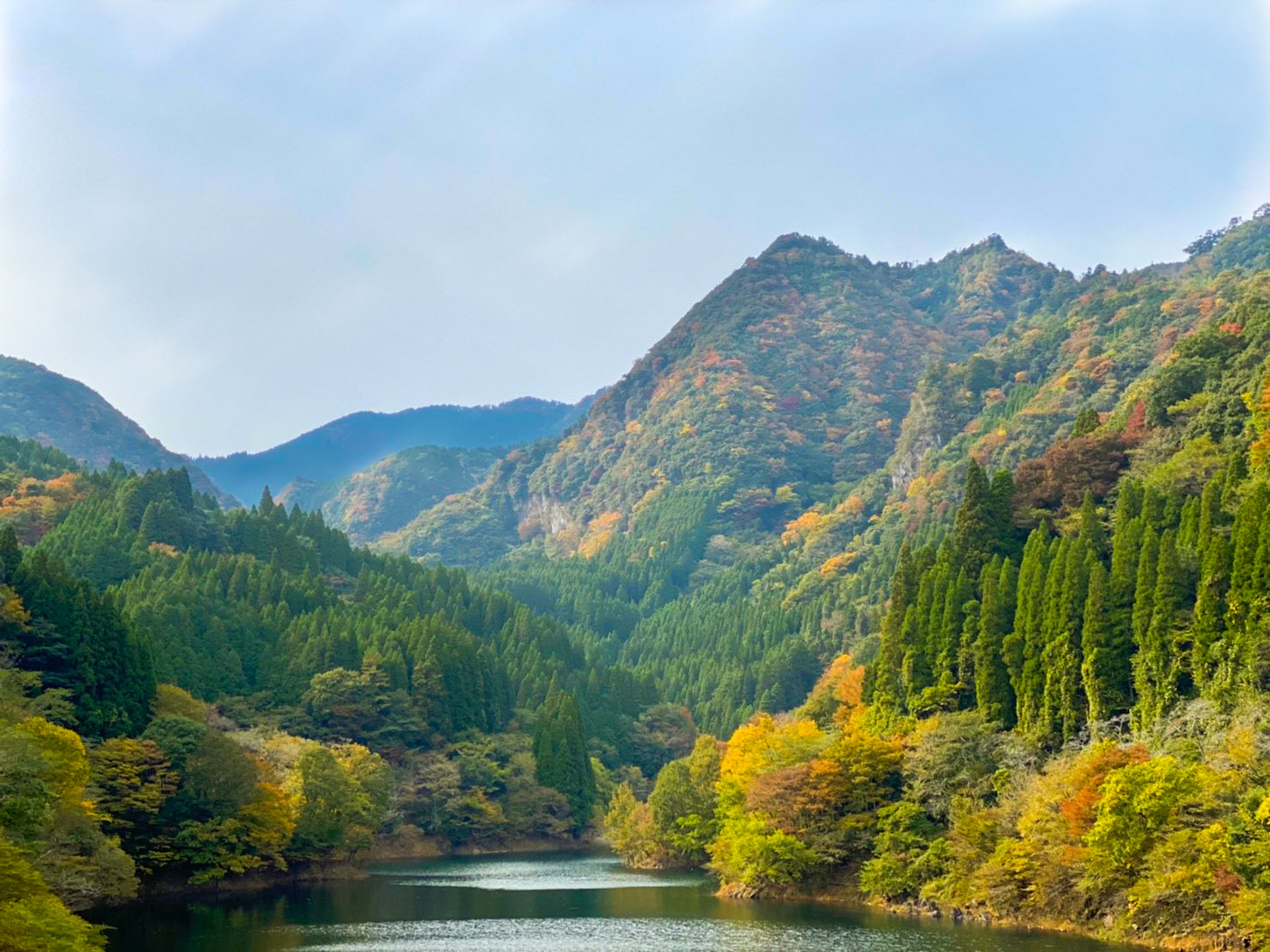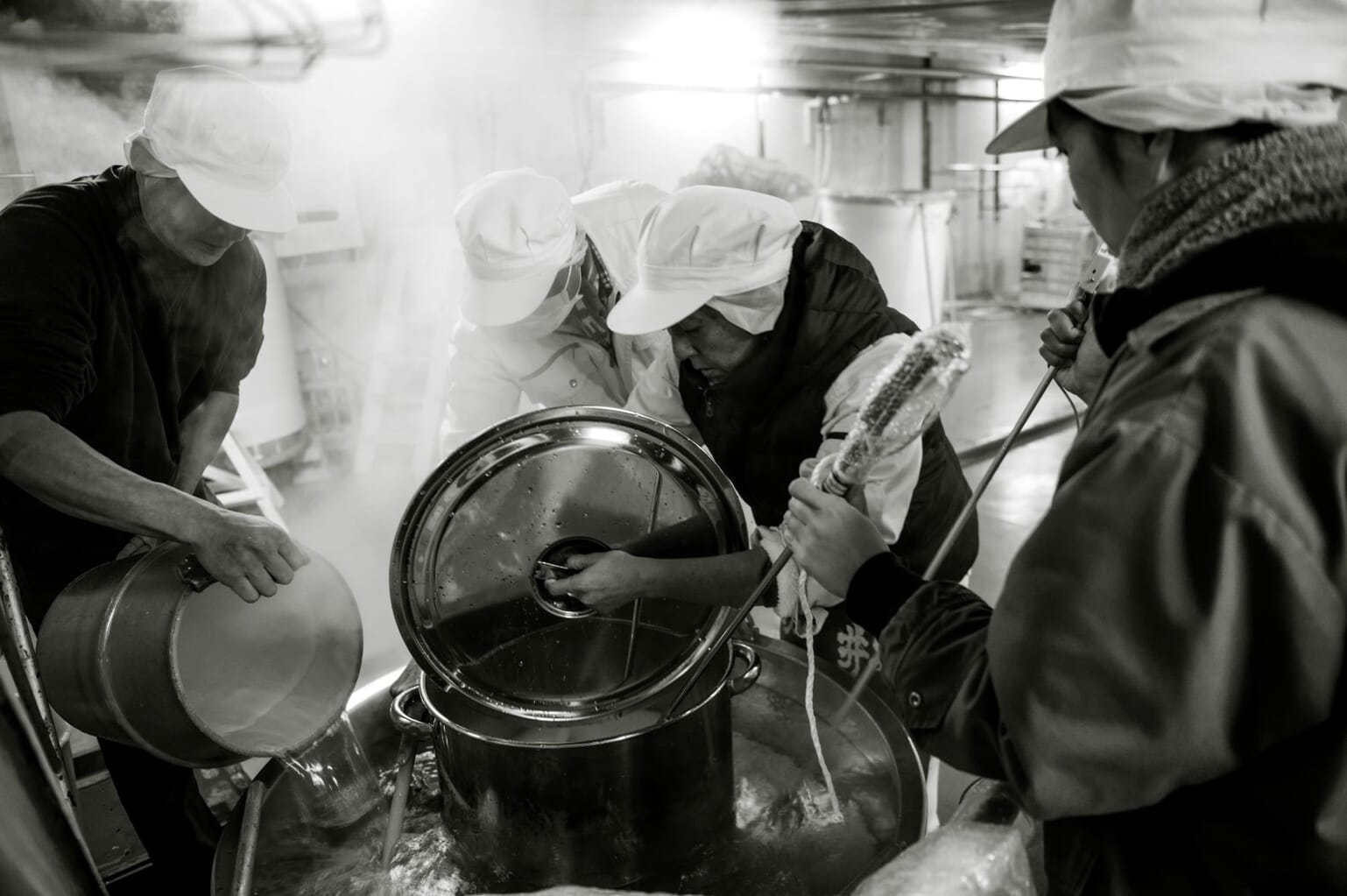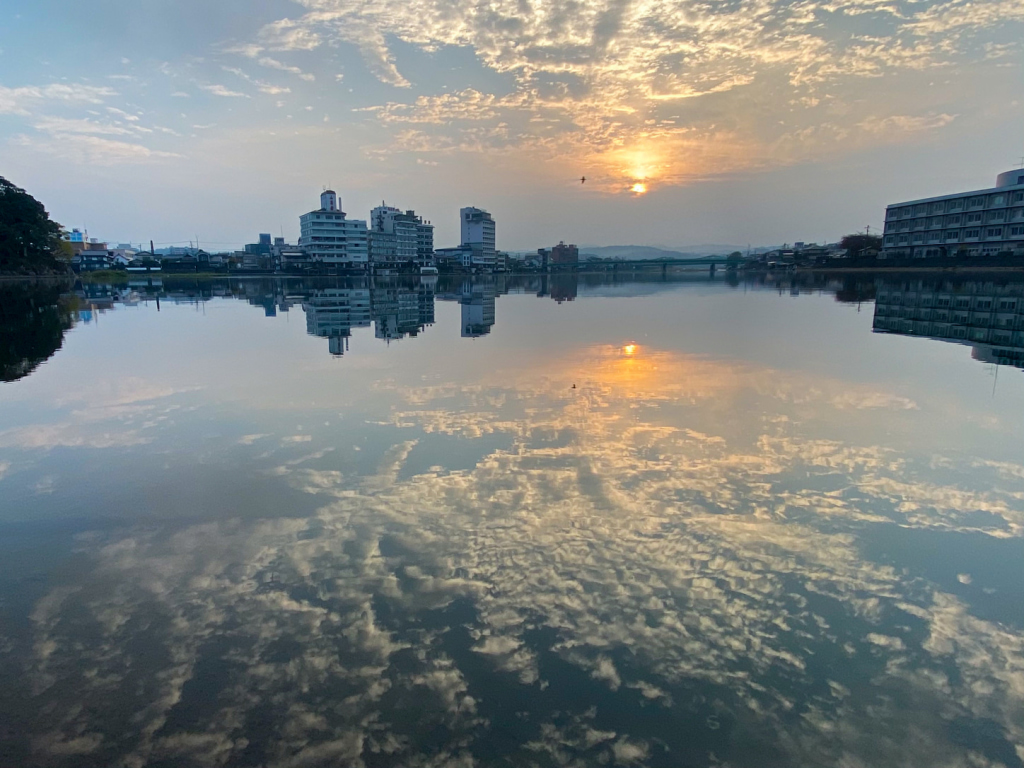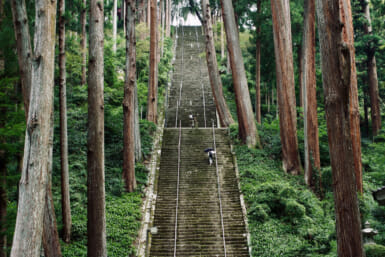Banking the Mikuma and Kagetsu Rivers in a large basin in western Oita Prefecture and wreathed by verdant mountains on all sides, lies Hita, a historical town steeped in local folklore. The Hita area’s origins can be traced to at least 1,300 years ago – when the local hot springs were appropriated by humans – but its mythological roots go much deeper again. Hita has long revered its natural environs and the legends and folktales this has inspired are still told in Hita today.
With millennia of anthropological history, it is little surprise that Hita has cemented itself a stalwart on the Kyushu circuit. And it was during the days of the Tokugawa Shogun that Hita would begin to resemble the thriving town it is today.
The Edo-Period Rise of Hita
In the Edo Period (1603 – 1868), Hita flourished under the direct control of the shogunate, but even before that, it was a strategically important place under the rule of the great samurai Toyotomi Hideyoshi. But Toyotomi would soon be succeeded as de facto ruler of Hita by Tokugawa Ieyasu, Edo’s first Shogun, who oversaw the town’s rise to new and prosperous heights. During this period, Hita developed into a hub of trade, politics, economics, artisanal crafts like woodwork and pottery and industry such as forestry and fishing.
This Edo-Period influence remains one of Hita’s defining features. Often referred to as the “Little Kyoto of Kyushu,” Hita’s atmospheric townscape is one of sloping tiled roofs, traditional wooden shop fronts, flagstone walkways, narrow frontage and a long corridor (resembling a so-called Unagi no Nedoko). Even when strolling through its narrow shopping streets and quaint residential districts, there is a sense that nature is never too far away.
Take to the Hills

The Hita region is made up of towering and steep-sided mountains – Mount Gozen at 1,209 meters, Mount Shaka at 1,231 meters and Mount Hiko at 1,200 meters – all of whose names are rooted in mountain worship. The mountains have long been objects of spirituality in Hita, with Buddhist practitioners using their slopes as a place for ascetic rituals since settlers first arrived in the area.
When the Buddhas Shakyamuni, Amitabha and Yakushi, who originated in India, were said to have appeared in this world in temporary forms to bring salvation to the people, their incarnations were known as Gongen. In Hita, locals believe the Gongen appeared on mountain peaks as a sign of their inextricable connection to the natural world and to the heavens above. As such, there are many mountains named Gongen in the nearby ranges.
Nowadays, Hita is popular for hiking and camping too, and both activities benefit from the sacred lore and elemental nature of its blessed mountains.
Camping at an International Circuit in the Mountains

Before leaving Hita, petrol junkies and car enthusiasts should consider a detour to Autopolis, a Super GT-caliber racing course. Though the course is one of Hita’s more modern attractions, its location in the mountains allows visitors to appreciate both the ancient mountains to which the town owes its heritage and the modern feat of engineering prowess typified by Autopolis.
You can pitch up tents to watch the action on race days, while the course is also open to amateurs who want to experience driving on the famous track themselves. For the latter, however, you will need your own car.
Kyushu’s Town of Water
The water that flows from the mountains and through the converging rivers – earning Hita the epithet, Suikyo (Town of Water) – not only lends itself to the town’s bucolic visage, but has also enabled Hita to become a chief sake brewing region. Fresh spring waters imbue sake with a clean and crisp flavor, and travelers can sample blends of the local nihonshu at the Kuncho Shuzo Sake Brewery overlooking the Kagetsu River.
The brewery was established back in 1702, and many of its Edo-Period kura (storage facilities) are still standing. One of these kura, constructed in the early 19th century, has been reopened as a museum which explores the history of sake in Hita, as well as the detailed process required for brewing best-in-class rice wine.

The Inoue Sake Brewery, whose products are enjoyed globally, is another of Hita’s premium sake and liquor producers. Utilizing water which flows over the mineral-rich volcanic rocks of the Hiko mountains, the sake made here is as pure as the snow topping the nearby peaks in winter. If nihonshu isn’t your thing, however, the brewery also produces award-winning single-distilled barley shochu and umeshu.
Naturally, the water also plays a significant role in Hita’s onsen culture. In Kuma, an area along the Mikuma River, a range of traditional ryokan and modern hotels feature hot spring baths steaming with geothermally heated water.
To the east of central Hita, there are river baths in rock pools nestled by the water’s edge. These kawayu (as they are known) are part of the daily life of the locals. These sulfur and salt springs have therapeutic properties said to aid in healing neuralgia, rheumatism, muscle aches, a litany of skin conditions and even diabetes. Though you can walk from Hita’s town center, the most convenient means of accessing this area is via the JR Kyudai Line from JR Hita Station, which takes about 15 minutes.
Visitors to Hita can also hop aboard a yu-sen, or pleasure boat, cruise. These boats are open to the public for dining on traditional Japanese fare as the boats drift along the river’s gently coursing lower reaches. Between May and October, some of the boats offer one of Japan’s most unique dining experiences: u-kai. A type of fishing using trained cormorants, u-kai dining is traditional water-to-table cuisine, allowing diners to eat fresh ayu fish from the river caught by the local birds. Of course, this is best washed down with the local sake.
Capturing the Essence of Hita
Hita is a town rich in history, with a unique identity borne by the mythology and folklore of its sacred mountains. These mountains also feed Hita with the resources that enable its thriving crafts, from the trees utilized for artisanal woodwork to the water which enriches its sake. Hita is not your run-of-the-mill tourist jaunt, it’s a deeply interconnected town in which every component tells a part of its grand story.
For more information on the art and culture of Hita City, visit the official sightseeing information site: www.en.oidehita.com or Hita Tourism Division’s Instagram page:
Sponsored Post









